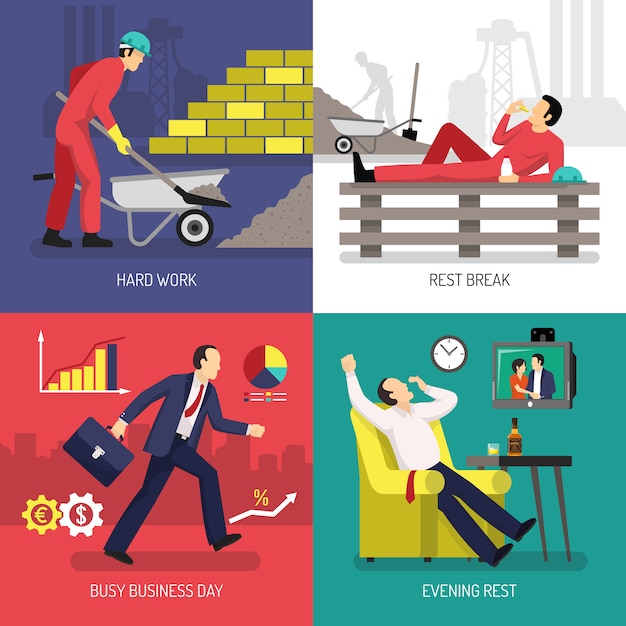In 2018, the U.S. Bureau of Labor Statistics reported that 5,250 workers in the U.S. lost their lives due to work-related injuries. This was a 2% increase from the previous year, but the actual rate of fatal work injuries didn’t change because the labor force grew. Over the past 15 years, workplaces in the U.S. have become a bit safer. The fatal work injury rate dropped from 4.5 per 100,000 full-time workers in 2006 to 3.5 in 2018.
However, some workplace activities are still quite dangerous. The most common cause of work-related deaths was transportation injuries, followed by fatal falls, slips, and trips. Other common causes included incidents involving contact with objects and equipment, such as workers getting caught in running mechanical equipment or being struck by falling objects, and incidents involving violence by people and animals, including workplace suicides.
Jobs where these hazards are common tend to be more dangerous. According to the Bureau of Labor Statistics, these jobs include logging, fishing, piloting aircraft, roofing, sanitation, and trucking. Interestingly, many of these jobs pay quite well. But does that mean they’re worth the risk?
That’s a personal question. Each worker’s tolerance for risk is different. If you’re considering a job or industry with high rates of on-the-job injury and death, you need to weigh the potential threat to your life and health against the economic benefits.
Here’s a list of the most dangerous jobs for U.S. workers, based on data from the Bureau of Labor Statistics on workplace deaths and injuries. This list also includes each job’s fatality rate per 100,000 full-time workers, earnings data, and projected 10-year job growth.
-
Logging: This job has the highest rate of fatal workplace injuries. Logging workers face several types of potentially fatal risks, including falling objects, mishaps involving heavy and dangerous machinery, transportation accidents, and falls from high places.
-
Fishing: Like loggers, fishing workers face many on-the-job dangers, including rough waters, heavy equipment, and cold, wet weather conditions.
-
Trucking and Delivery Driving: This job category includes local delivery driving, long-haul trucking, and intermediate-range logistics occupations. The most common risks include open-road crashes and mishaps involving heavy inventory or loading equipment.
-
Roofing: Roofing professionals often work at high elevations without the benefit of harnesses or sturdy railings to prevent falls. They also use dangerous equipment and are regularly exposed to harsh environmental conditions.
-
Aircraft Piloting and Flight Engineering: Despite the decline in common-carrier passenger aviation fatalities, flying is still a risky job. Pilots and flight engineers face far greater on-the-job risks than most workers.
-
Refuse and Recyclable Material Collection (Sanitation): Sanitation workers face hazards such as heavy, slow-moving trucks, heavy loads that may contain hazardous items, and room-size trash compactors.
-
Landscaping, Groundskeeping, and Lawn Service Supervision: These professionals work with and around heavy, often sharp equipment and drive or ride on rough, unpaved surfaces in specialized vehicles, often in poor or outright dangerous weather conditions.
-
Agricultural Work (Farming and Ranching): Farmers, ranchers, and specialized agricultural workers work with a variety of dangerous accessories, including heavy machinery, sharp tools, slow-moving vehicles, and ornery animals.
-
Construction and Extraction Supervision: These workers face significant on-the-job risks, often working closely with heavy machinery like excavators and pile drivers.
-
Structural Iron and Steelworking: These workers work at great heights with heavy, dangerous equipment and inventory, often in punishing weather.
Sadly, it’s not realistic to completely eliminate risk from the workplace. Every job involves some degree of personal risk. Those in jobs involving transportation, heavy machinery, and dangerous circumstances bear more risk than office-dwelling professionals. High-risk construction, resource extraction, and transportation jobs do tend to pay well compared to lower-risk jobs that don’t require a college degree. However, one workplace fatality is one too many. No one should have to worry whether their loved one will make it home at the end of the workday.
